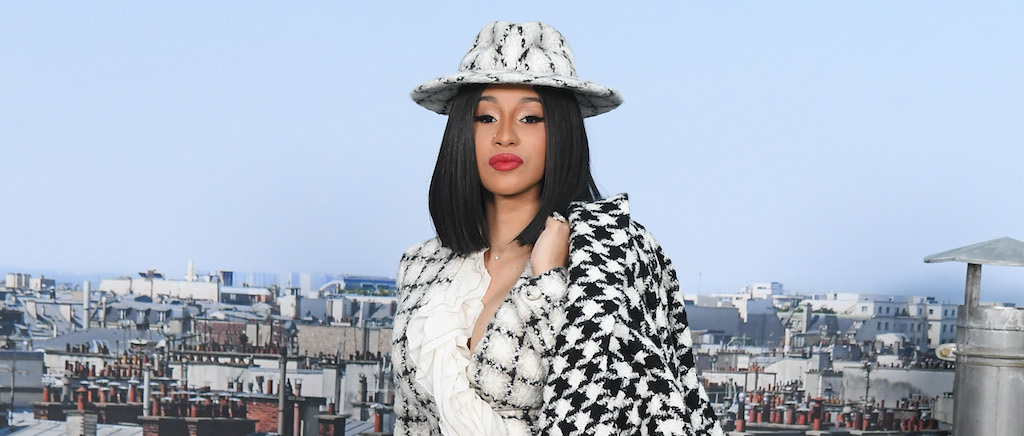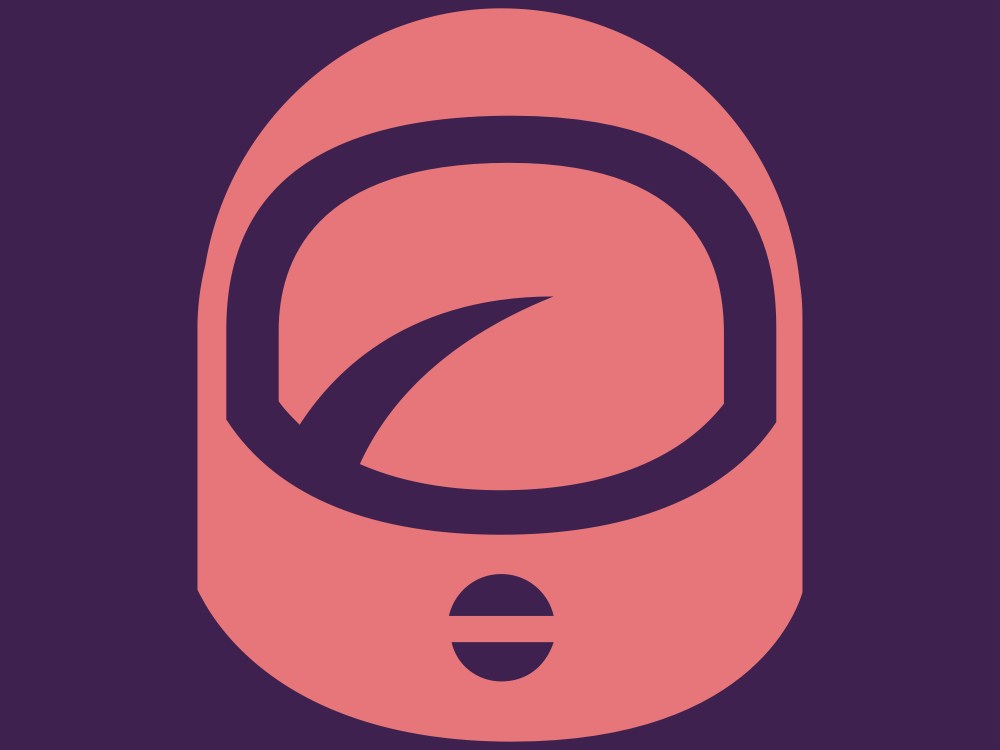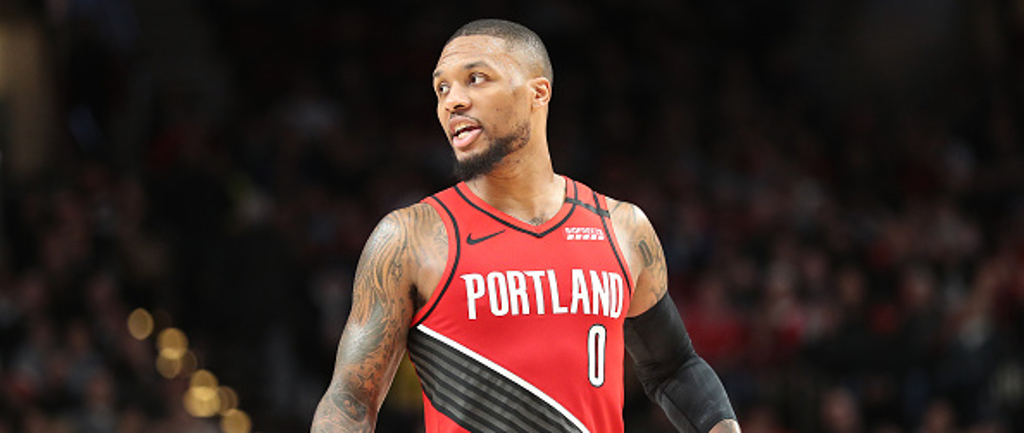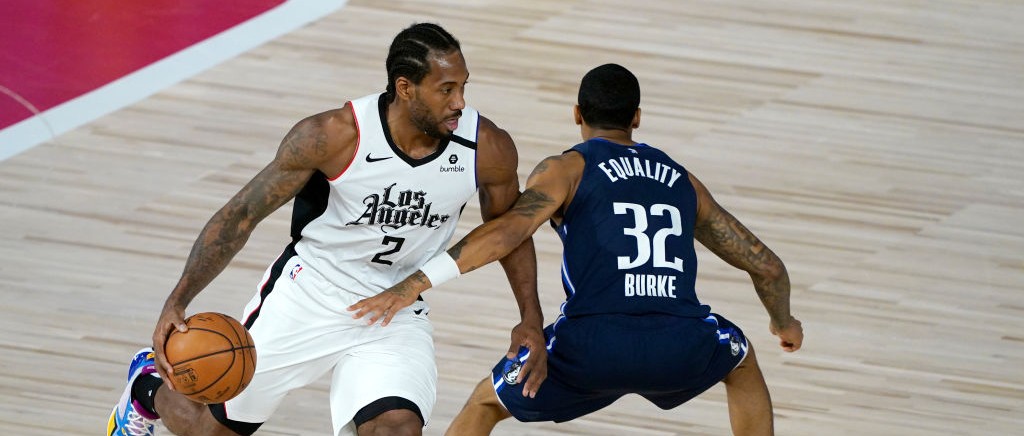In March of 1986, Rambo: First Blood Part II won five Razzie awards, including two for Sylvester Stallone for acting and writing – dragging poor James Cameron down with him, who got a credit on the film, even though his version of the script doesn’t look much like the final film. (By the way, I do not like the Razzies. I wrote many, many words about this back when I worked at Movieline, but that site is now long gone. The gist was I wish the Razzies would truly find the worst movies of the year, those peculiar oddities that aren’t the second-biggest movie of 1985, like Rambo was. Though, having said that, Frank Stallone very much deserves his Razzie for the end credits song “Peace in Our Life.” It’s truly a remarkable piece of work.)
For being the second-biggest film of 1985, Rambo: First Blood Part II doesn’t have much of a cultural footprint today (though the Rambo character itself somehow still does), even though most of the blockbusters from that year – Back to the Future, The Goonies, The Breakfast Club, and Stallone’s own Rocky IV certainly still do.) There are probably a few reasons for this. First, Rambo returning to Vietnam, inflicting carnage, isn’t really an idea that’s going to fly today for a whole host of reasons. And even beyond that, if you look at the Arnold Schwarzenegger action movies that still have a cultural footprint today – the Terminator movies, Predator, Total Recall, and even the resurgence of Last Action Hero – they all have a sci-fi genre background to them. It’s fascinating that Schwarzenegger was savvy enough as an actor to attach himself to these types of films, because these types of films have a tendency to last. When Stallone did action, he had a tendency to forget about this part. (And, yes, Demolition Man is the exception that proves the rule.)
I haven’t watched Rambo: First Blood Part II since I was a little kid as it was making its nonstop rounds on cable. But quarantine has sure changed a lot of my viewing habits, so here we are. Now, before we get into the sequel, I do want to point out that I think First Blood is a great movie. I’ve seen this film numerous times in recent years and watched it again in full before I watched its sequel. Stallone strikes just the right balance between dangerous and sympathetic. And he gives a truly emotional monologue at the end of the film about how the U.S. government has abandoned him and so many Vietnam vets and how society has shunned them. If you haven’t seen First Blood because you think you know what it is, you should probably watch First Blood because it’s not what you think it is.
So, before watching Rambo: First Blood Part II, my feeling about it was that it was a big, dumb, patriotic pro-Reagan shoot ‘em up with John Rambo marching into Vietnam and rescuing American POWs. And if you read the reviews of the time, a lot of them seem to agree with this assumption. And the thing is, the imagery of the movie – Stallone screaming and firing rocket launchers – kind of supports this. But what’s weird it, the actual nitty-gritty of the plot doesn’t support this at all. In fact, Rambo is betrayed in the movie, by none other than Ronald Reagan.
The actual plot of the movie hinges on the U.S. never paying war reparations to Vietnam. It’s basically one line in the movie and it’s pretty easy to miss if one is not actively paying attention to the dialogue of a Rambo movie. But the point is there’s a swelling outcry to investigate if Vietnam is still holding American POWs. The U.S. government sends John Rambo back to Vietnam to take photographs of a camp the U.S. government already knows is abandoned. It’s a fake mission. What the U.S. government wants is Rambo to come back with photos showing there are no POWs, which will quell the outcry for proof. The last thing the U.S. wants is to find actual POWs because then it will come out that the U.S. reneged on paying Vietnam war reparations, which is why Vietnam is still keeping POWs. (There is truth to this plot point. It’s pretty complicated, but you can read about it here.) When John Rambo finds a POW at the camp that is no longer abandoned, what does the U.S. government do? It aborts the mission and leaves Rambo to be captured by enemy forces.
It’s Charles Napier’s character, Murdock, who gives the order to abandon Rambo. When pressed, he keeps talking about how this order comes from the top and he himself is just following orders. It’s insinuated this fake plan comes from the President himself, who is never mentioned by name. But Murdock has a big picture of Ronald Reagan pinned to his wall. So in the Rambo universe, either Reagan is President, or Murdock is just a huge fan of this aging actor.
Look, even I am having some problems making a case that Rambo: First Blood Part II is some sort of secret, misunderstood American protest movie, because it’s so ingrained in American culture that the second Rambo movie is this big patriotic spectacle, not a movie about unpaid war reparations to Vietnam. But the plot is the plot. It’s right there. The characters tell us this is what it’s about as we, once again, are betraying a Vietnam Vet because it benefits the U.S. government to do so.
I couldn’t help but think of Bruce Springsteen’s “Born in the U.S.A.,” a song so famously misinterpreted that it’s now pretty much common knowledge that it’s a protest song. But back then it wasn’t. Originally slated for Springsteen’s haunting Nebraska album (if you’ve never heard that version, well, here you go), it instead became the title song of Springsteen’s best-selling album. The melancholy anger of the original version was replaced by booming synth. The album was so successful, Springsteen started touring in full-on stadiums, which created imagery of American excess as Bruce screamed he was born in the U.S.A. – of course this song was misinterpreted.
Then people started paying attention to the actual lyrics, about a man who is given the option to go to jail or go to Vietnam, then when he gets back there are no jobs and now, 10 years later, he has nowhere to go. Honestly, the song might as well be about First Blood. And it’s not surprising that that song and Rambo: First Blood Part II were released within months of each other. As Rambo played in theaters, “Born in the U.S.A.” played on the radio. Both were pieces of popular culture that were used as American propaganda, but both told a dark tale of an abandoned Vietnam veteran. The only difference seems to be that Springsteen made it clear what his song was about. The movie seemed fine with whatever interpretation brought them success, but that doesn’t change the fact the plot is about American betrayal. In the film, even Rambo saves most of his rage for Murdock.
Rambo’s last words in the movie are literally that he wants “our country to love us as much as we love it.” In retrospect, it’s a very strange movie to interpret as a “pro-Reagan, patriotic movie.”
You can contact Mike Ryan directly on Twitter.








 11 THREES FOR DAME
11 THREES FOR DAME 







